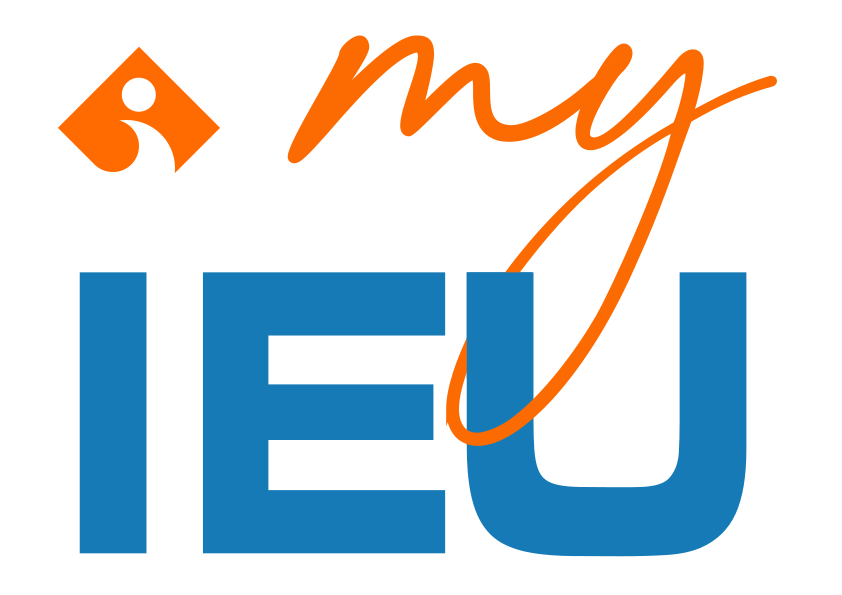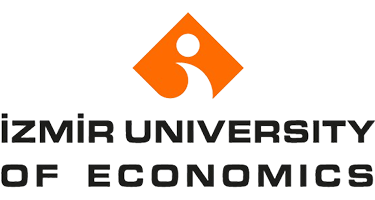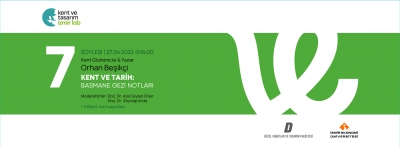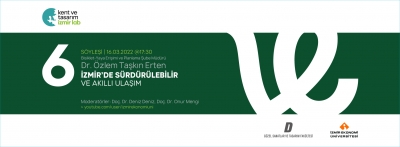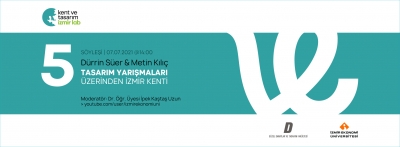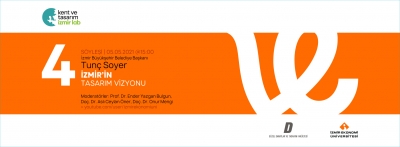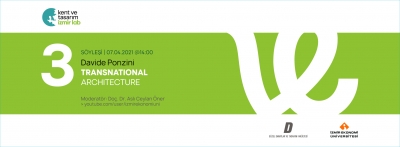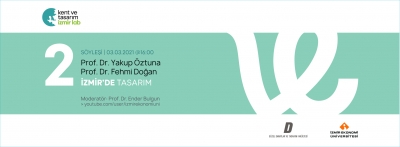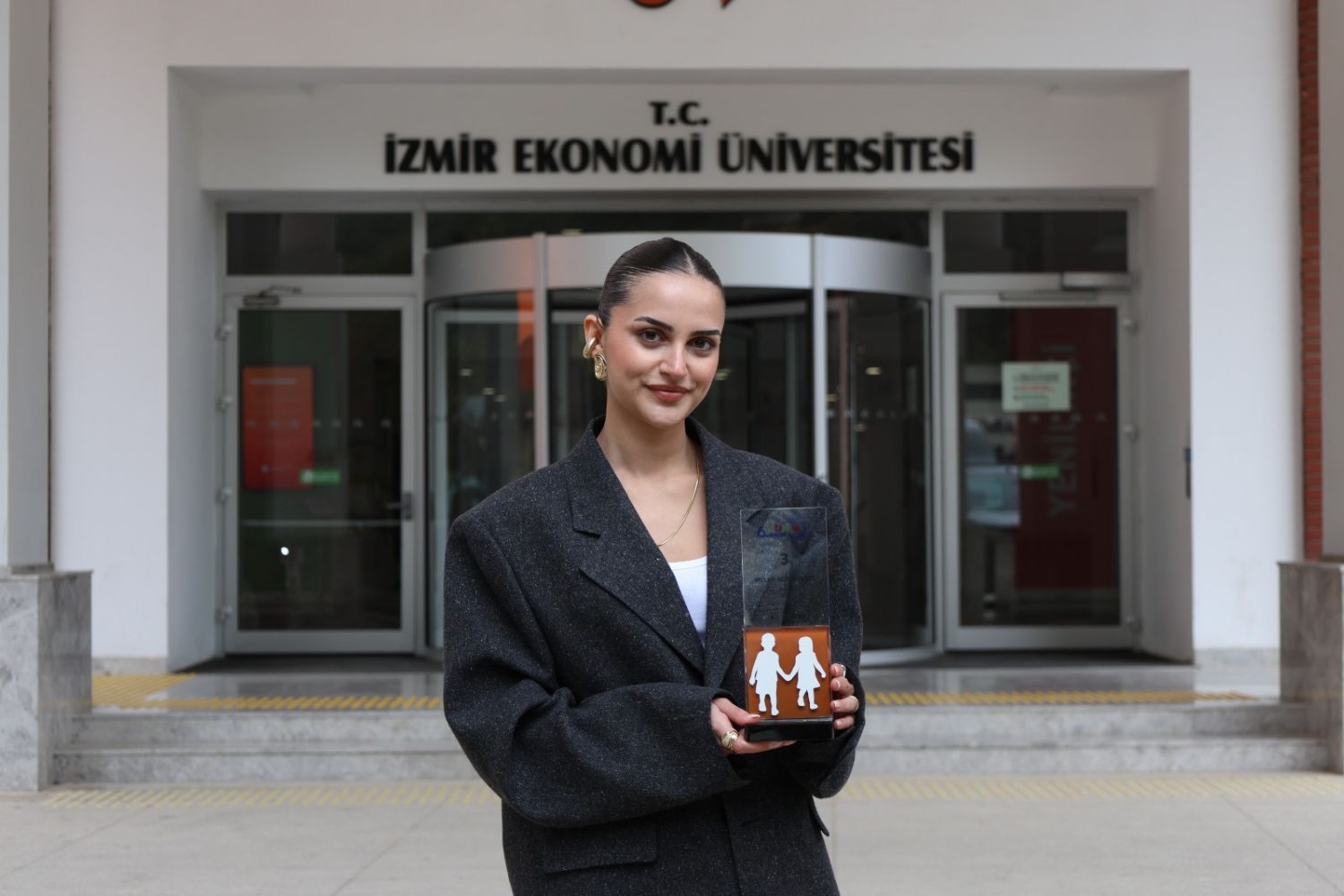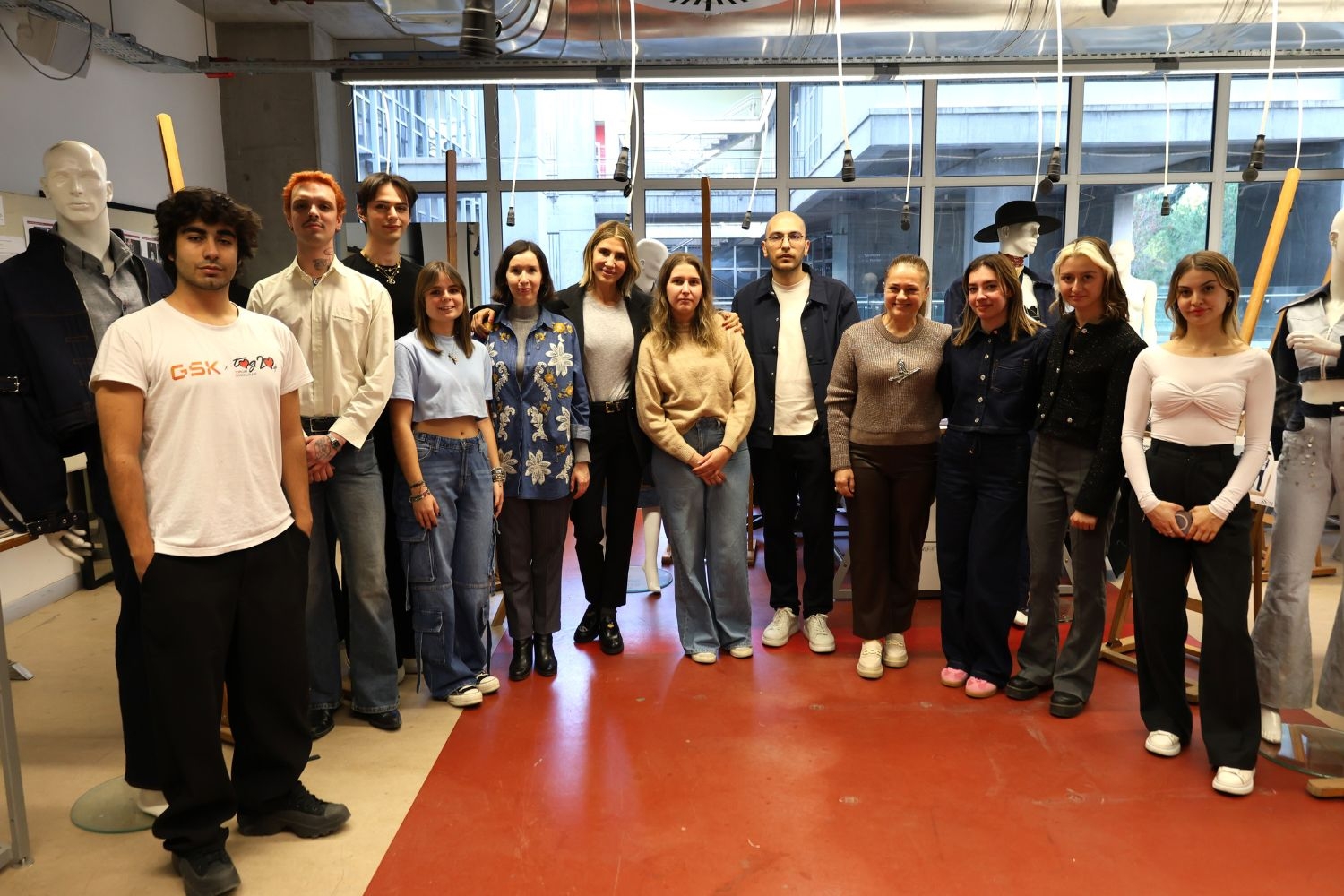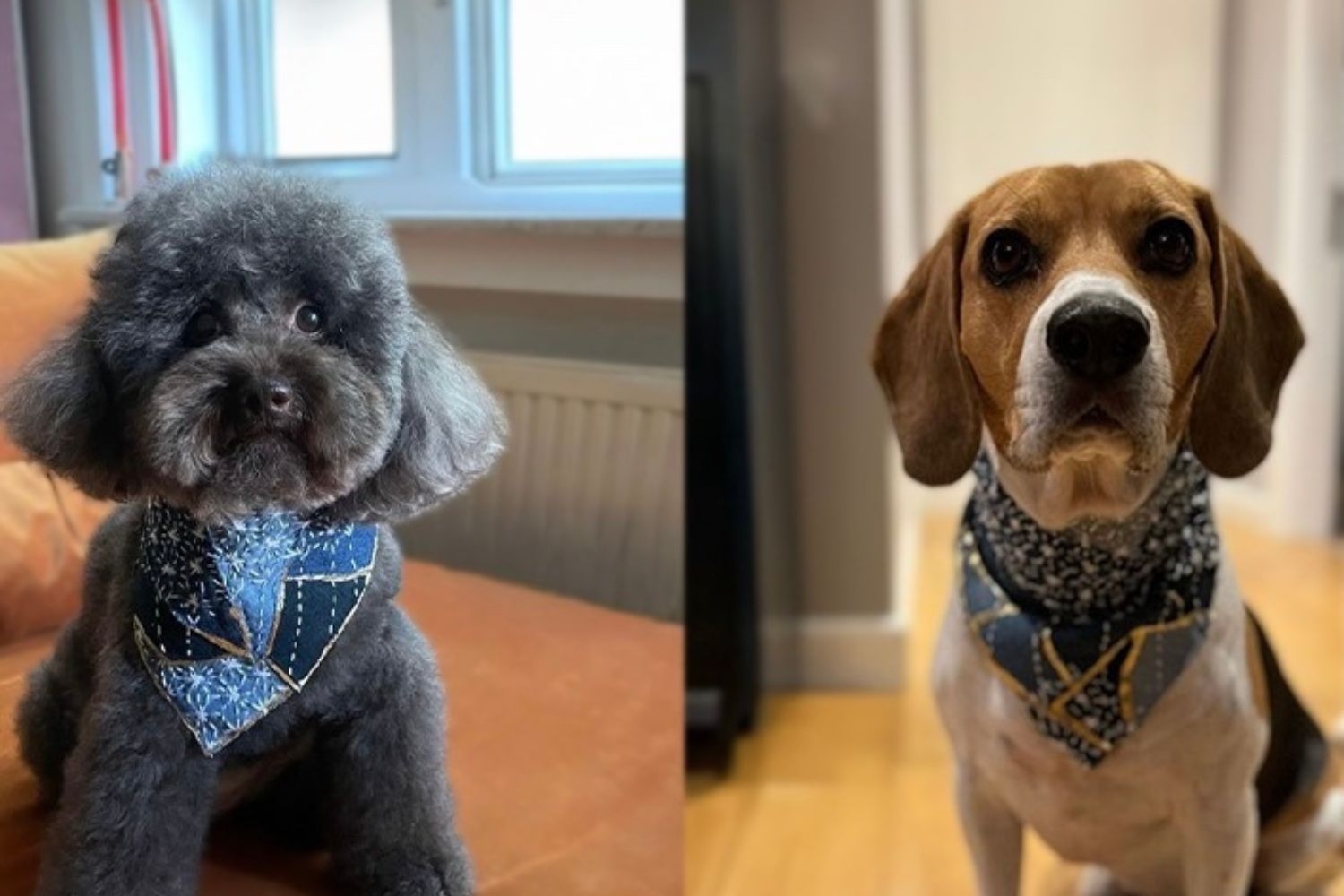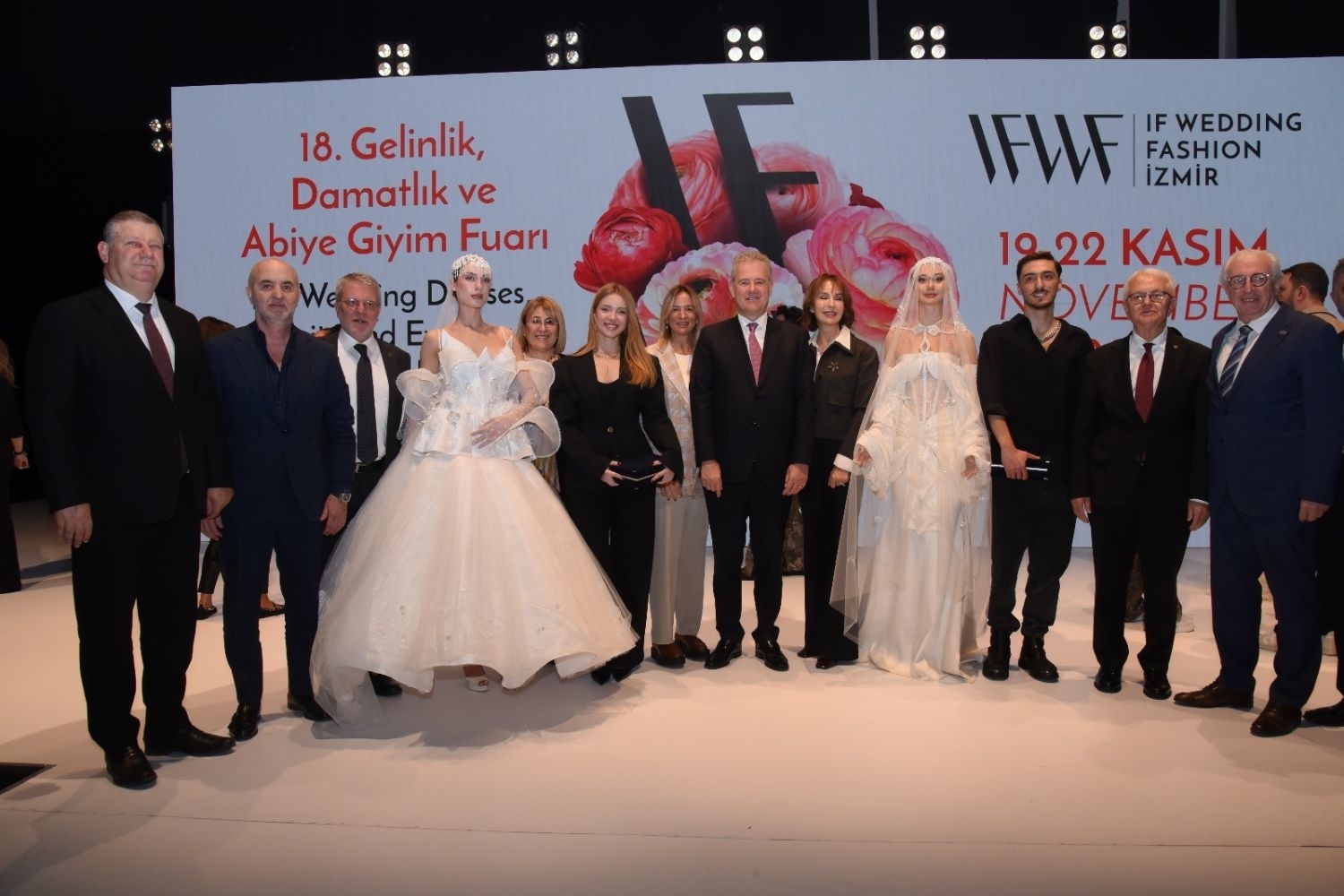FACULTY OF FINE ARTS AND DESIGN
Department of Textile and Fashion DesignFA 213 | Course Introduction and Application Information
| Course Name |
Textile Materials for Fashion Designers I
|
|
Code
|
Semester
|
Theory
(hour/week) |
Application/Lab
(hour/week) |
Local Credits
|
ECTS
|
|
FA 213
|
Fall
|
1
|
2
|
2
|
4
|
| Prerequisites |
None
|
|||||
| Course Language |
English
|
|||||
| Course Type |
Required
|
|||||
| Course Level |
First Cycle
|
|||||
| Mode of Delivery | face to face | |||||
| Teaching Methods and Techniques of the Course | DiscussionQ&AApplication: Experiment / Laboratory / WorkshopLecture / Presentation | |||||
| National Occupation Classification | - | |||||
| Course Coordinator | ||||||
| Course Lecturer(s) | ||||||
| Assistant(s) | - | |||||
| Course Objectives | The objective of this course is to develop basic knowledge about natural and man-made fibers and their end uses. |
| Learning Outcomes |
The students who succeeded in this course;
|
| Course Description | This course will provide essential knowledge about fibers’ physical, mechanical, chemical, favorable and unfavorable properties. Furthermore it will cover the preparation of a fabric swatch book. |
| Related Sustainable Development Goals |
|
|
Core Courses |
X
|
| Major Area Courses | ||
| Supportive Courses | ||
| Media and Management Skills Courses | ||
| Transferable Skill Courses |
WEEKLY SUBJECTS AND RELATED PREPARATION STUDIES
| Week | Subjects | Related Preparation |
| 1 | Introduction | |
| 2 | Classifying textile fibers: Physical and mechanical and properties of textile fibers. | Arthur Price- Allen C. Cohen, J.J.Pizzuto’s Fabric Science, USA 1994, Chapter 2 Virginia Hencken Elsasser, Textiles:Concepts and Principles, New York 1997, Chapter 2 Elvan Özkavruk Adanır; Tekstil Lifleri: Özellikleri ve Kullanım Alanları,Mungan Kavram Yayınevi, İzmir 2015,Chapter:1 |
| 3 | Classifying textile fibers: Chemical properties of textile fibers, burning test. | Arthur Price- Allen C. Cohen, J.J.Pizzuto’s Fabric Science, USA 1994, Chapter 2 Virginia Hencken Elsasser, Textiles:Concepts and Principles, New York 1997, Chapter 2 Elvan Özkavruk Adanır; Tekstil Lifleri: Özellikleri ve Kullanım Alanları,Mungan Kavram Yayınevi, İzmir 2015,Chapter:1 |
| 4 | Cotton: physical, mechanical, and chemical properties, end uses, favorable and unfavorable properties, care instructions, and labeling. Cotton fabrics. | Arthur Price- Allen C. Cohen, J.J.Pizzuto’s Fabric Science, USA 1994, Chapter 3 Virginia Hencken Elsasser, Textiles:Concepts and Principles, New York 1997, s.64-68 Elvan Özkavruk Adanır; Tekstil Lifleri: Özellikleri ve Kullanım Alanları,Mungan Kavram Yayınevi, İzmir 2015,47-60S Julie Parker, All About Cotton, Fabric Reference Series, Volume II, USA |
| 5 | Bast fibers: Flax, hemp, ramie and jute, physical, mechanical and chemical properties, end uses, favorable and unfavorable properties, care instructions and labeling. Leaf and fruit fibers | Arthur Price- Allen C. Cohen, J.J.Pizzuto’s Fabric Science, USA 1994, Chapter 3 Virginia Hencken Elsasser, Textiles:Concepts and Principles, New York 1997, s.69-74 Elvan Özkavruk Adanır; Tekstil Lifleri: Özellikleri ve Kullanım Alanları,Mungan Kavram Yayınevi, İzmir 2015,63-97 S |
| 6 | Animal fibers: Physical, mechanical, and chemical properties, end uses, favorable and unfavorable properties, care instructions, and labeling of wool products. Wool fabrics | Arthur Price- Allen C. Cohen, J.J.Pizzuto’s Fabric Science, USA 1994, Chapter 3 Virginia Hencken Elsasser, Textiles:Concepts and Principles, New York 1997, s.50-56 Elvan Özkavruk Adanır; Tekstil Lifleri: Özellikleri ve Kullanım Alanları,Mungan Kavram Yayınevi, İzmir 2015,98-121 Julie Parker, All About Wool, Fabric Reference Series, Volume III, USA |
| 7 | Specialty hair fibers: Fibers from goat and camel family, angora rabbit fibers. Physical, mechanical, and chemical properties, end uses, favorable and unfavorable properties, care instructions, and labeling. | Arthur Price- Allen C. Cohen, J.J.Pizzuto’s Fabric Science, USA 1994, Chapter 3 Virginia Hencken Elsasser, Textiles: Concepts and Principles, New York 1997, s.57-59 Elvan Özkavruk Adanır; Tekstil Lifleri: Özellikleri ve Kullanım Alanları,Mungan Kavram Yayınevi, İzmir 2015, 122-133 |
| 8 | Cultivated silk, wild silk. Physical, mechanical, and chemical properties, end uses, favorable and unfavorable properties, care instructions and labeling.Silk fabrics. | Arthur Price- Allen C. Cohen, J.J.Pizzuto’s Fabric Science, USA 1994, Chapter 3 Virginia Hencken Elsasser, Textiles:Concepts and Principles, New York 1997, s.47-49 Elvan Özkavruk Adanır; Tekstil Lifleri: Özellikleri ve Kullanım Alanları,Mungan Kavram Yayınevi, İzmir 2015, 136-148 Julie Parker, All About Silk, Fabric Reference Series, Volume I, USA 1997, 92S. |
| 9 | MIDTERM WEEK | |
| 10 | History of man-made fibers, classifying man-made fibers, formation of man-made fibers. | Arthur Price- Allen C. Cohen, J.J.Pizzuto’s Fabric Science, USA 1994, Chapter 3 Virginia Hencken Elsasser, Textiles:Concepts and Principles, New York 1997, s.79-89 Elvan Özkavruk Adanır; Tekstil Lifleri: Özellikleri ve Kullanım Alanları,Mungan Kavram Yayınevi, İzmir 2015, s.150-162 QUIZ 1 |
| 11 | Regenerated cellulosic fibers: Viscose and lyocell, physical, mechanical, and chemical properties, end uses, favorable and unfavorable properties, care instructions, and labeling. | Arthur Price- Allen C. Cohen, J.J.Pizzuto’s Fabric Science, USA 1994, Chapter 3 Virginia Hencken Elsasser, Textiles:Concepts and Principles, New York 1997, s.91-101 Elvan Özkavruk Adanır; Tekstil Lifleri: Özellikleri ve Kullanım Alanları,Mungan Kavram Yayınevi, İzmir 2015, 182-193 |
| 12 | Derivative cellulosic fibers: Acetate, triacetate. Physical, mechanical, and chemical properties, end uses, favorable and unfavorable properties, care instructions, and labeling. | Arthur Price- Allen C. Cohen, J.J.Pizzuto’s Fabric Science, USA 1994, Chapter 3 Virginia Hencken Elsasser, Textiles:Concepts and Principles, New York 1997, s.91-101 Elvan Özkavruk Adanır; Tekstil Lifleri: Özellikleri ve Kullanım Alanları,Mungan Kavram Yayınevi, İzmir 2015, s.196-209 |
| 13 | Properties common to synthetic fibers Polyamide, acrylic, and modacrylic fibers. Physical, mechanical, and chemical properties, end uses, favorable and unfavorable properties, care instructions, and labeling. | Arthur Price- Allen C. Cohen, J.J.Pizzuto’s Fabric Science, USA 1994, Chapter 3 Virginia Hencken Elsasser, Textiles:Concepts and Principles, New York 1997, s.105-107 Elvan Özkavruk Adanır; Tekstil Lifleri: Özellikleri ve Kullanım Alanları,Mungan Kavram Yayınevi, İzmir 2015, 211-214 QUIZ 2 |
| 14 | Presentations | Presentations |
| 15 | Polyester, recycled polyester, olefin fibers, and spandex: Physical, mechanical, and chemical properties, end uses, favorable and unfavorable properties. Care instructions and labeling of olefin and spandex products. | Arthur Price- Allen C. Cohen, J.J.Pizzuto’s Fabric Science, USA 1994, Chapter 3 |
| 16 | Semester Review | Fabric Swatch Book Submission |
| Course Notes/Textbooks | Elvan Özkavruk Adanır; Tekstil Lifleri: Özellikleri ve Kullanım Alanları,Mungan Kavram Yayınevi, İzmir 2015, 281 S. ISBN 978-605-88358-2-5 |
| Suggested Readings/Materials | Arthur Price- Allen C. Cohen (1994) J.J.Pizzuto’s Fabric Science, USA 1994, 515S. ISBN 1-56367-004-6 Virginia Hencken Elsasser, Textiles:Concepts and Principles, New York 1997, 339S. ISBN 0-8273-7686-3 Hannelore Eberle-Hermann Hermeling-Marianne Hornberger-Dieter Menzer-Werner Ring, Clothing Technology (From fiber to Fashion), 1999. ISBN 978-3-8085-6225-3 Phyllis G. Tortora (1992). Understanding Textiles, New York, 636S. ISBN 0-02-421195-8 Julie Parker, All About Silk, Fabric Reference Series, Volume I, USA 1997, 92S. ISBN 0-9637612-0-X Julie Parker, All About Cotton, Fabric Reference Series, Volume II, USA ISBN 0-9637612-3-4 Julie Parker, All About Wool, Fabric Reference Series, Volume III, USA ISBN 0-9637612-2-6 |
EVALUATION SYSTEM
| Semester Activities | Number | Weigthing |
| Participation | ||
| Laboratory / Application | ||
| Field Work | ||
| Quizzes / Studio Critiques |
2
|
40
|
| Portfolio | ||
| Homework / Assignments | ||
| Presentation / Jury |
1
|
30
|
| Project |
1
|
30
|
| Seminar / Workshop | ||
| Oral Exams | ||
| Midterm | ||
| Final Exam | ||
| Total |
| Weighting of Semester Activities on the Final Grade |
4
|
100
|
| Weighting of End-of-Semester Activities on the Final Grade | ||
| Total |
ECTS / WORKLOAD TABLE
| Semester Activities | Number | Duration (Hours) | Workload |
|---|---|---|---|
| Theoretical Course Hours (Including exam week: 16 x total hours) |
16
|
1
|
16
|
| Laboratory / Application Hours (Including exam week: '.16.' x total hours) |
16
|
2
|
32
|
| Study Hours Out of Class |
14
|
1
|
14
|
| Field Work |
0
|
||
| Quizzes / Studio Critiques |
2
|
13
|
26
|
| Portfolio |
0
|
||
| Homework / Assignments |
0
|
||
| Presentation / Jury |
1
|
12
|
12
|
| Project |
1
|
20
|
20
|
| Seminar / Workshop |
0
|
||
| Oral Exam |
0
|
||
| Midterms |
0
|
||
| Final Exam |
0
|
||
| Total |
120
|
COURSE LEARNING OUTCOMES AND PROGRAM QUALIFICATIONS RELATIONSHIP
|
#
|
Program Competencies/Outcomes |
* Contribution Level
|
|||||
|
1
|
2
|
3
|
4
|
5
|
|||
| 1 |
To be able to develop and design a collection independently. |
-
|
-
|
-
|
-
|
-
|
|
| 2 |
To be able to do maintain a design research individually or as a team. |
-
|
-
|
X
|
-
|
-
|
|
| 3 |
To be able to develop entrepreneurship- and managerial skills for a future professional practice. |
-
|
-
|
-
|
-
|
-
|
|
| 4 |
To be able to understand, interpret and apply theoretical knowledge in fashion and textile design. |
-
|
-
|
-
|
-
|
-
|
|
| 5 |
To be able to analyze and integrate the particular local and regional needs and of their profession. |
X
|
-
|
-
|
-
|
-
|
|
| 6 |
To be able to obtain a multidisciplinary point of view, follow and analyze the new issues, changes and trends in contemporary design and art in such a way that they can be integrated into design practice. |
-
|
-
|
-
|
-
|
-
|
|
| 7 |
To be able to apply industrial requirements, knowledge of material & usage and know-how knowledge in the creation of high quality fashion products. |
-
|
-
|
-
|
-
|
X
|
|
| 8 |
To be able to use digital information and communication technologies at a level that is adequate to the discipline of fashion and textile design. |
X
|
-
|
-
|
-
|
-
|
|
| 9 |
To be able to develop an ongoing analytical and professional approach to academic and design research. |
-
|
-
|
-
|
-
|
-
|
|
| 10 |
To be able to recognize the need and importance of a personal lifelong learning attitude towards their chosen area of interest. |
-
|
-
|
-
|
-
|
-
|
|
| 11 |
To be able to collect data in the areas of fashion and textile design and communicate with colleagues in a foreign language ("European Language Portfolio Global Scale", Level B1). |
-
|
-
|
-
|
-
|
-
|
|
| 12 |
To be able to speak a second foreign at a medium level of fluency efficiently. |
-
|
-
|
-
|
-
|
-
|
|
| 13 |
To be able to relate the knowledge accumulated throughout the human history to their field of expertise. |
-
|
-
|
-
|
-
|
-
|
|
*1 Lowest, 2 Low, 3 Average, 4 High, 5 Highest
NEWSALL NEWS

IZMIR UNIVERSITY OF ECONOMICS GÜZELBAHÇE CAMPUS
DetailsGLOBAL CAREER
As Izmir University of Economics transforms into a world-class university, it also raises successful young people with global competence.
More..CONTRIBUTION TO SCIENCE
Izmir University of Economics produces qualified knowledge and competent technologies.
More..VALUING PEOPLE
Izmir University of Economics sees producing social benefit as its reason for existence.
More..

